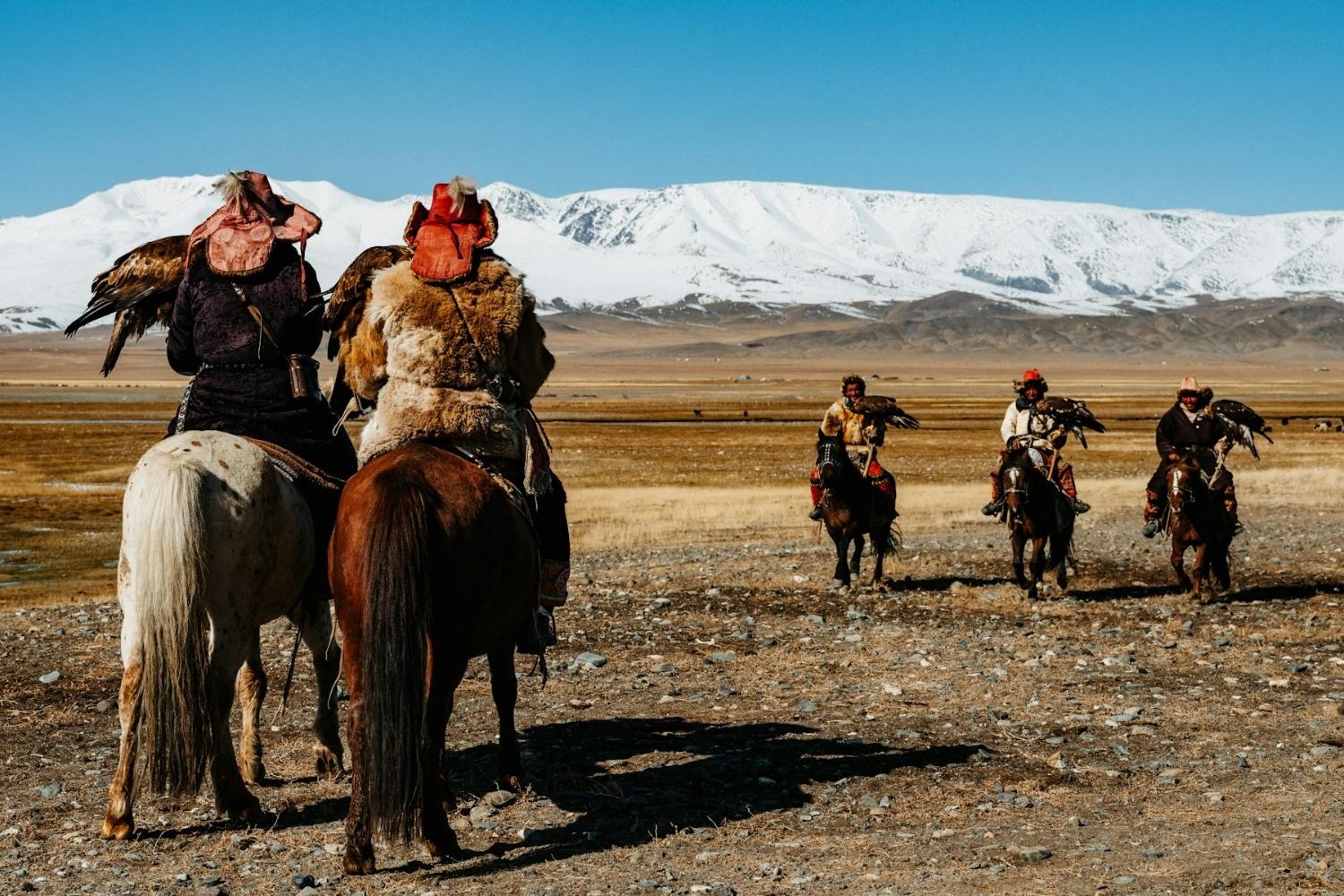
Nomadic culture has always intrigued people with its unique way of life. Ever wondered how these communities thrive without permanent homes? Nomads move from place to place, following resources like water and grazing land. This lifestyle fosters a deep connection with nature and a strong sense of community. Nomadic tribes often have rich traditions, vibrant festivals, and fascinating survival skills. They adapt to various climates, from scorching deserts to icy tundras. Despite modern challenges, many nomadic groups maintain their heritage and customs. Curious about the secrets of their resilience? Let's dive into 23 captivating facts about nomadic culture that will broaden your understanding and appreciation of these incredible societies.
Key Takeaways:
- Nomadic cultures have thrived for thousands of years, adapting to their environment and maintaining unique traditions. Despite modern challenges, efforts are being made to preserve their way of life.
- From herding animals to trading goods, nomadic communities have made significant cultural contributions through music, art, and cuisine. Tourism offers a way for them to share their rich heritage with the world.
The Origins of Nomadic Culture
Nomadic culture has been around for thousands of years. These communities have unique traditions and lifestyles that are fascinating to learn about.
- Nomadic cultures date back to the Paleolithic era. Early humans moved in search of food and shelter.
- The Mongols are one of the most famous nomadic groups. Under Genghis Khan, they created the largest contiguous empire in history.
- Bedouins are Arab nomads who have lived in the deserts of the Middle East for centuries. They are known for their hospitality and poetry.
Daily Life of Nomads
Nomads have a distinct way of living that revolves around their constant movement. Their daily routines are adapted to their mobile lifestyle.
- Nomads often live in tents or other portable shelters. These can be easily packed and moved.
- Herding is a common occupation among nomads. They raise animals like sheep, goats, and camels.
- Trading is another important activity. Nomads trade goods like wool, meat, and dairy products for other necessities.
Social Structure and Traditions
The social structure of nomadic communities is unique and often revolves around family and clan ties.
- Elders hold a significant position in nomadic societies. They are respected for their wisdom and experience.
- Marriage often involves elaborate ceremonies and can include arranged marriages to strengthen clan ties.
- Storytelling is a vital tradition. Oral histories and legends are passed down through generations.
Adaptation to Environment
Nomads are experts at adapting to their environment. They have developed various strategies to survive in harsh conditions.
- Water sources are crucial. Nomads often move to areas with reliable water supplies.
- Seasonal migration helps them avoid extreme weather. They move to cooler areas in summer and warmer places in winter.
- Diet is adapted to what is available. It often includes meat, dairy, and foraged plants.
Modern Nomadic Culture
While traditional nomadic lifestyles are declining, some communities still maintain their way of life.
- Technology has impacted modern nomads. Some use GPS and mobile phones to navigate and communicate.
- Education is becoming more accessible. Mobile schools travel with nomadic groups to provide education.
- Healthcare services are also improving. Mobile clinics offer medical care to nomadic populations.
Challenges Faced by Nomads
Nomads face numerous challenges in the modern world. These issues threaten their traditional way of life.
- Land rights are a significant issue. Nomads often face conflicts over land use with settled communities.
- Climate change affects their migration patterns. Changes in weather can make traditional routes unviable.
- Government policies sometimes force nomads to settle, disrupting their way of life.
Cultural Contributions
Despite their challenges, nomads have made significant cultural contributions to the world.
- Music and dance are integral to many nomadic cultures. Instruments like the Mongolian morin khuur are unique to these communities.
- Art often reflects their lifestyle. Nomadic art includes intricate textiles and jewelry.
- Cuisine from nomadic cultures is diverse. Dishes like Mongolian hot pot and Bedouin coffee are popular.
The Future of Nomadic Culture
The future of nomadic culture is uncertain. Efforts are being made to preserve these unique ways of life.
- Cultural preservation programs aim to document and maintain nomadic traditions.
- Tourism offers a way for nomads to share their culture. Some communities welcome visitors to experience their way of life.
Final Thoughts on Nomadic Culture
Nomadic culture offers a fascinating glimpse into a way of life that values mobility, community, and adaptability. These societies have thrived for centuries, relying on their deep connection to nature and resourcefulness. From the Mongolian steppes to the deserts of the Middle East, nomads have developed unique traditions, languages, and survival skills that continue to intrigue and inspire. Understanding their lifestyle not only broadens our perspective on human diversity but also highlights the resilience and ingenuity of these communities. As modern life becomes increasingly sedentary, the lessons from nomadic cultures remind us of the importance of flexibility and the enduring human spirit. Whether it's their sustainable practices or their strong sense of community, there's much to learn from these wandering peoples. So next time you think about settling down, remember the nomads and their incredible journey through life.
Frequently Asked Questions
Was this page helpful?
Our commitment to delivering trustworthy and engaging content is at the heart of what we do. Each fact on our site is contributed by real users like you, bringing a wealth of diverse insights and information. To ensure the highest standards of accuracy and reliability, our dedicated editors meticulously review each submission. This process guarantees that the facts we share are not only fascinating but also credible. Trust in our commitment to quality and authenticity as you explore and learn with us.
